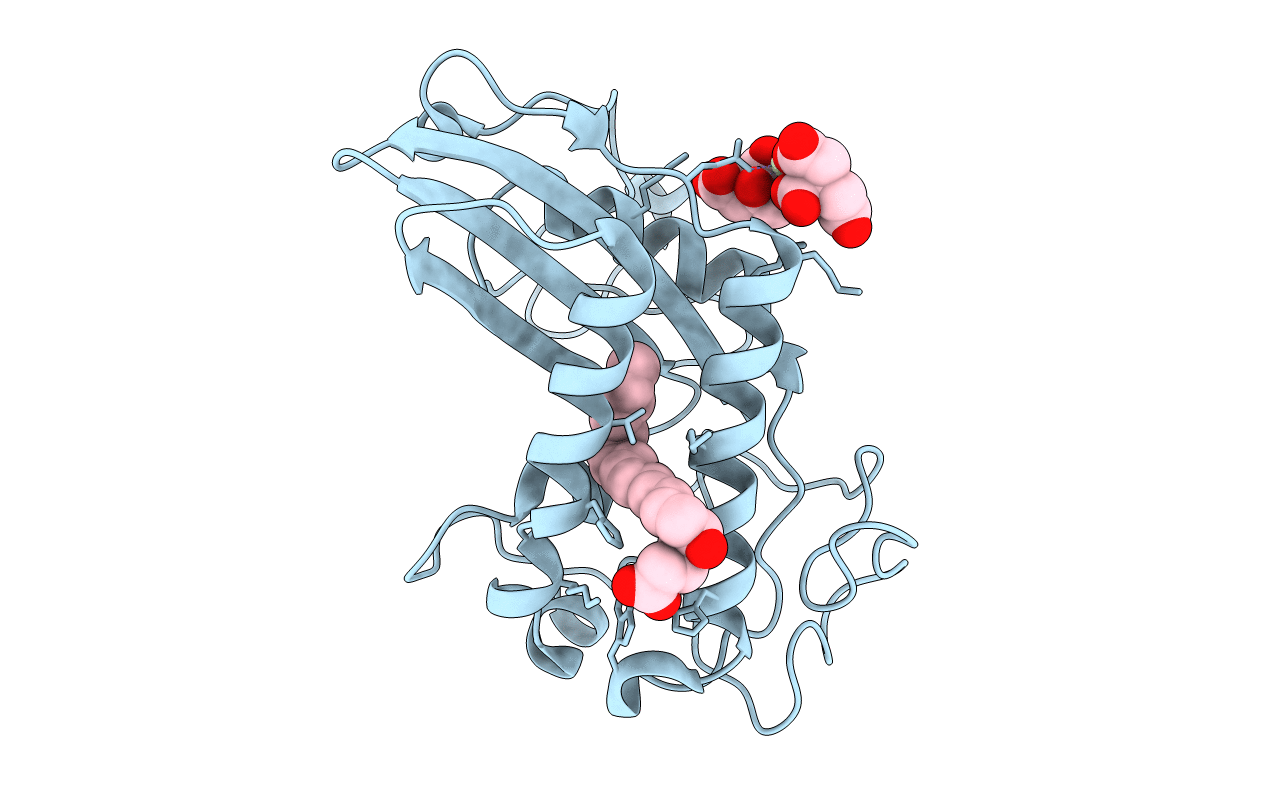
Deposition Date
2011-10-06
Release Date
2012-02-15
Last Version Date
2024-10-16
Entry Detail
PDB ID:
3U3U
Keywords:
Title:
Crystal structure of the tablysin-15-leukotriene E4 complex
Biological Source:
Source Organism:
Tabanus yao (Taxon ID: 485572)
Host Organism:
Method Details:
Experimental Method:
Resolution:
2.50 Å
R-Value Free:
0.25
R-Value Work:
0.20
R-Value Observed:
0.20
Space Group:
P 31 2 1


